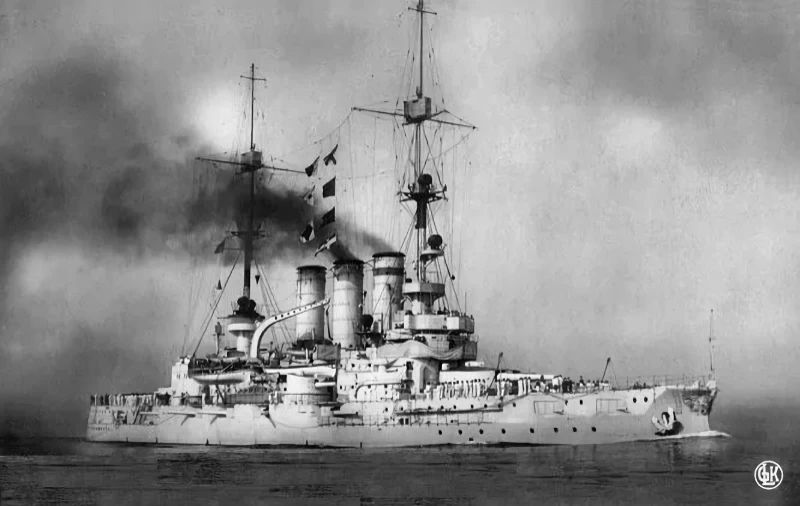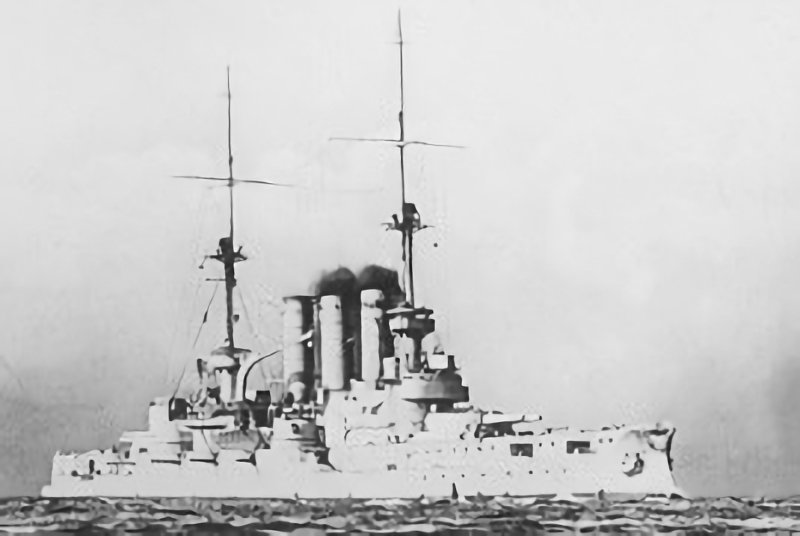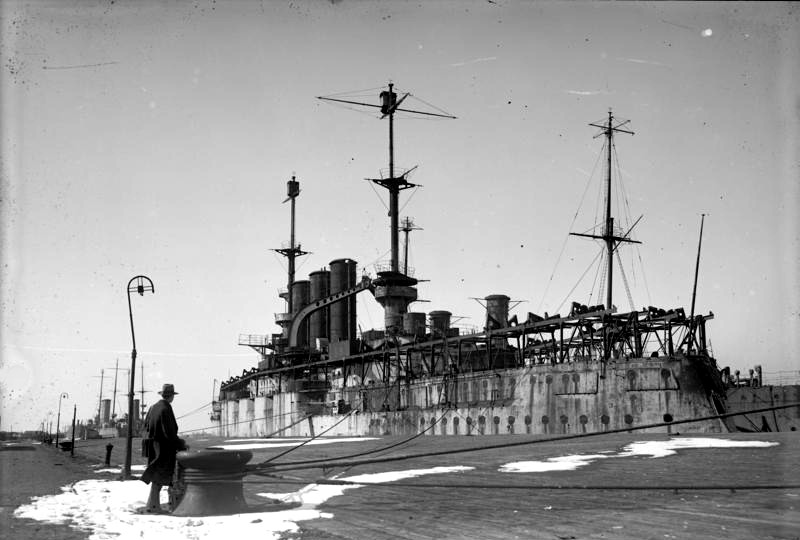German Pre-Dreadnought Battleship SMS Preussen
SMS Preussen was the second unit of the Braunschweig-class pre-dreadnought battleships (along with her sister ships Braunschweig, Hessen, Elsass and Lothringen), launched in 1903 and commissioned in 1905. She was named after the state of Prussia and reflected the growing power of the Imperial German Navy in the years leading up to the First World War.
Preussen was a conventional pre-dreadnought, with a mixed battery of heavy and medium-calibre guns. Her 28 cm main guns provided significant firepower for her day, though she was soon eclipsed by the revolutionary HMS Dreadnought.
Operational Career
On completion, Preussen joined the High Seas Fleet, taking part in regular manoeuvres, cruises, and naval displays. In peacetime she served as a front-line battleship, though her service life at the forefront was short due to the rapid pace of naval innovation.
During the First World War, Preussen was considered too slow and vulnerable for modern fleet actions, but she still saw operational deployment. Most notably, she participated in the fleet sortie of 15–16 December 1914, when the High Seas Fleet sailed in support of the German battlecruiser raid on Scarborough, Hartlepool, and Whitby. Although the fleet came close to a clash with the British Grand Fleet, poor communication and caution on both sides prevented a decisive battle. Preussen’s role was minor, but this was her only brush with potential large-scale action.
After 1916, she was relegated to secondary duties. She served as a training and accommodation ship, and later as a depot vessel for U-boats.
After the war, Germany was allowed under the Treaty of Versailles to retain a few old battleships for coastal defence, and Preussen was one of those selected, but converted into a depot ship for F-type minesweepers. She was stricken from the naval register in April 1929 and sold to ship breakers in 1931. A 63-meter (207 ft) section of her hull was retained as a target; it was bombed and sunk in 1945 by Allied bombers at the end of World War II, and was scrapped in 1954.
Specifications (as built):
- Class: Braunschweig-class battleship
- Displacement: 13,200 t (full load)
- Length: 127.7 m
- Beam: 22.2 m
- Draught: 8.1 m
- Propulsion: 3-shaft vertical triple-expansion steam engines, 16 boilers
- Power: 16,000 ihp
- Speed: 18 knots
- Range: approx. 5,200 nmi at 10 knots
- Crew: 35 officers, 708 men
- Armament:
- 4 × 28 cm (11 in) guns (2 × twin turrets)
- 14 × 17 cm (6.7 in) casemate guns
- 18 × 8.8 cm (3.45 in) quick-firing guns
- 6 × 45 cm (17.7 in) torpedo tubes
- Armour:
- Belt: up to 225 mm
- Deck: 40 mm
- Turrets: up to 250 mm
- Conning tower: 250 mm








